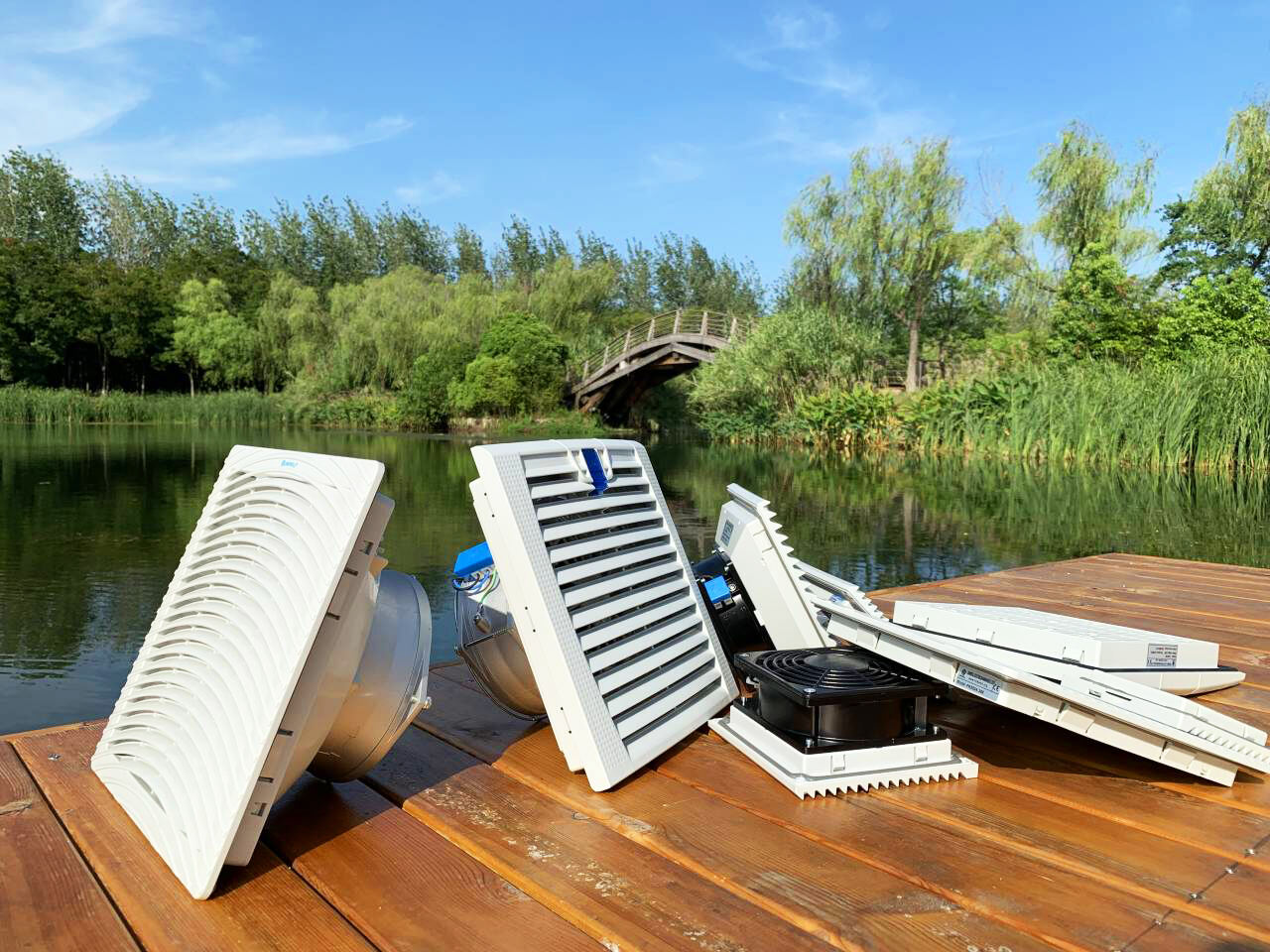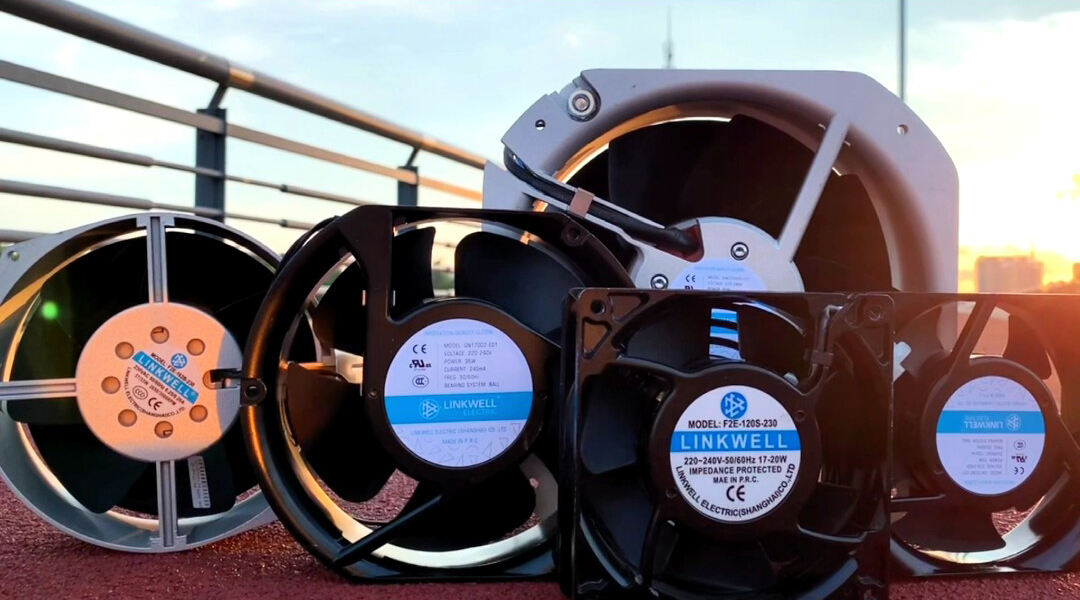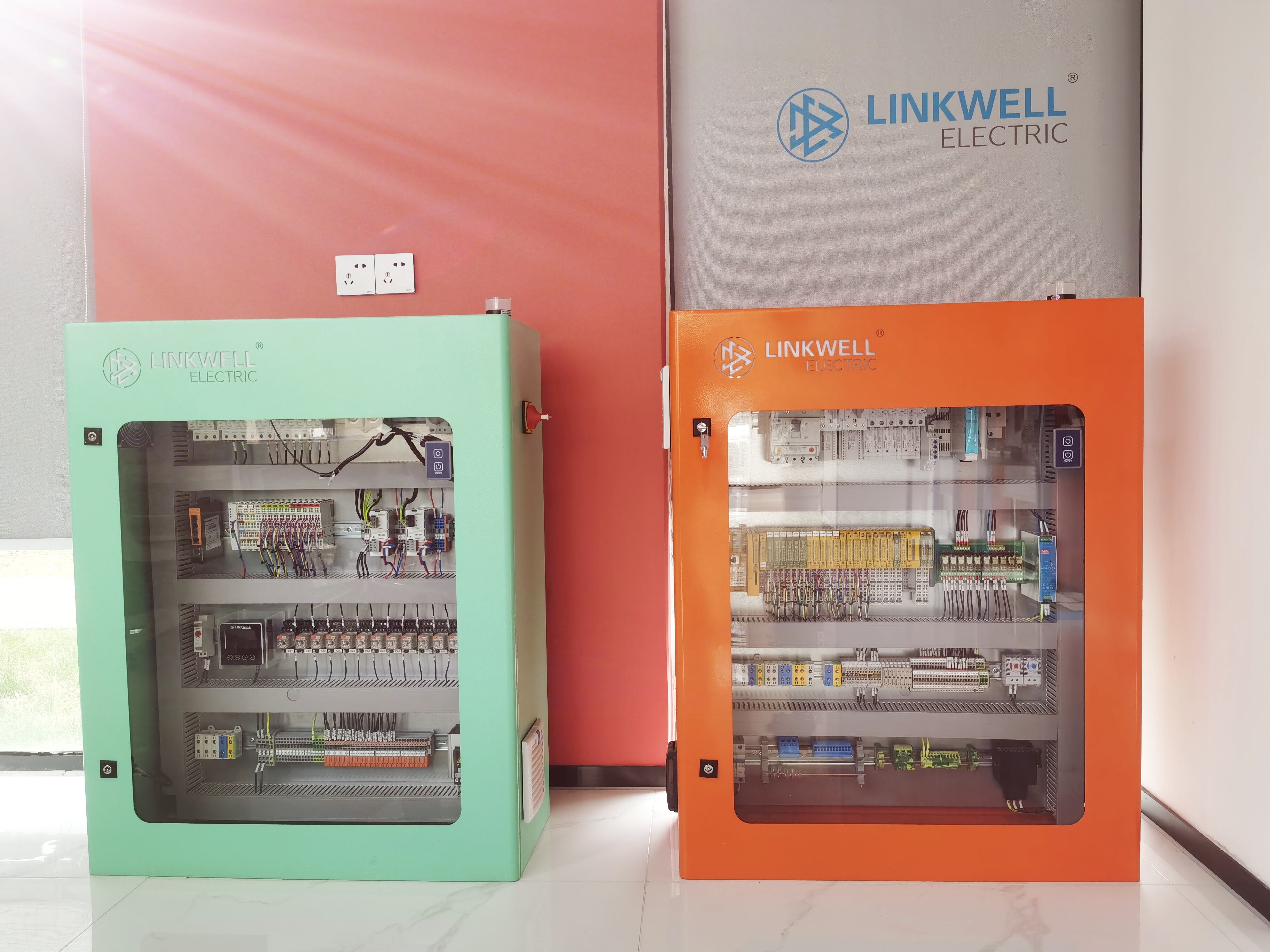Why do cabinets need fans? What should be noticed when installing fans in the cabinet?
In modern industrial equipment, distribution cabinets, electrical cabinets, and cabinets are essential components. They usually contain a large number of electronic components and servers inside, and these devices generate a large amount of heat during operation. To ensure the stable and safe operation of these devices, the cooling system plays a crucial role. As the core component of the cooling system, the working principle and function of the cooling fan are particularly important.
Why do cabinets need fans? Because a fan is installed, the cabinet can work better, so it won't crash, malfunction, or burn out due to high temperature.
For the installation of cabinet fans, many people think it is easy. Whether it is installed on the door panel or side panel, air is blown into the cabinet to dissipate heat. In fact, this approach is incorrect. Fan installation errors not only limit the heat dissipation effect, but also lead to other problems, such as dust accumulation in the cabinet, hot spots, etc.
In the electrical industry, those with fans are collectively referred to as fans, and those without fans that are only used for ventilation are called filter covers or grilles. The most common application is a fan with a filter cover. The fan is composed of a cooling fan and a fan protection cover.
-
Cabinet fan composition

- Procedure For installing a heat dissipation fan
-
1.Determine the direction to install the heat dissipation fan
First of all, your cabinet needs to enter the air inside, or needs to discharge the hot air inside the cabinet, which is often ignored by customers, and even some customers do not know that the fan is also divided into "air into the cabinet and air out of the cabinet". This step is crucial
In general, to maintain the positive pressure in the cabinet, air should be injected into the cabinet; The reason is that if the fan exhausts the air outside the cabinet, it will lead to negative pressure in the cabinet, and the outside air will enter directly from the gap of the cabinet door and the top side, etc. These unfiltered air will enter the cabinet directly, and it will lead to ash accumulation in the cabinet after a long time.
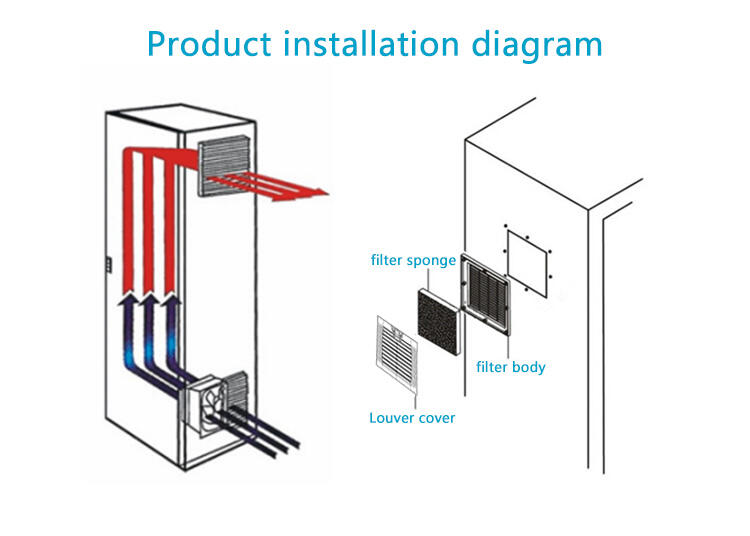
-
2.You have determined the openings for the heat dissipation fan
When installing a cabinet cooling fan, consider the proper positions of the air inlet and outlet to ensure the convection of air in the cabinet and smooth discharge of hot air in the cabinet.
Note: The fan can only be used effectively if the temperature inside the cabinet is higher than the ambient temperature. Because the density of hot air is lower than cold air, the air flow in the cabinet will flow from the bottom up, so in general, the lower part of the front door or side panel of the cabinet is used as the air intake, and the upper part is used as the air outlet.
When the hot air of some devices is on the top, side, or front door, the cabinet cannot open holes for fans. In this case, you need to open holes at the top. The fan should be installed in the direction of outward air, not inward air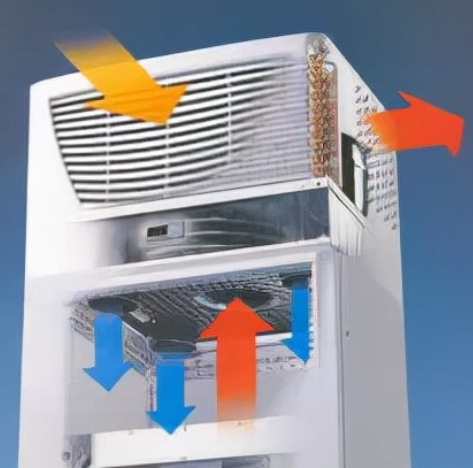
-
3.Proper selection of cooling fan and filter grille
If the working environment of the cabinet is not ideal, dust, oil mist, water vapor, etc. affect the normal operation of the components in the cabinet, then the filter fan should be selected in the air intake, and the filter grille should be selected in the outlet to prevent dust, oil mist, water vapor, etc., from entering the cabinet. Dust and corrosive particles enter the control cabinet, under the action of static electricity will be adsorbed on the electronic components, accumulate a lot, in different environments, sometimes will corrode the circuit board, sometimes too thick dust in a humid environment will conductive short circuit burned circuit board, resulting in major accidents.
